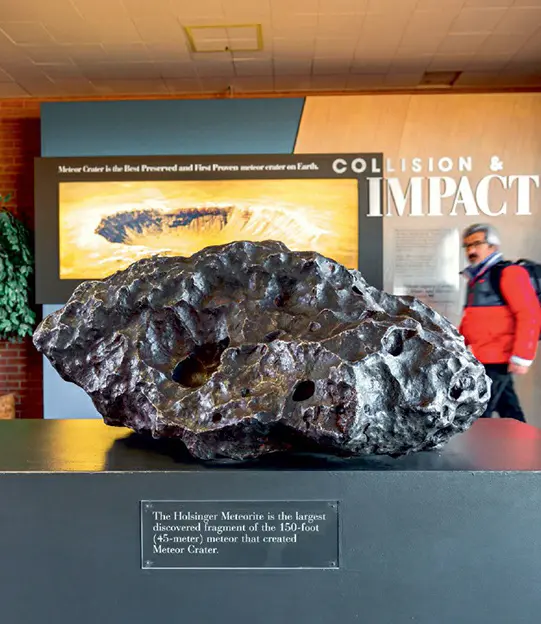The late 19th and early 20th centuries marked a pivotal era in understanding the role of impact cratering in shaping planetary landscapes. For much of human history, the rarity of new crater formations meant that geological changes were more commonly attributed to volcanic, tectonic, or erosional processes. However, the recognition of impact events as significant geological and biological influencers was a major leap in the fields of geology, paleontology, and planetary sciences.
A notable example of this shift in understanding is a site near Winslow, Arizona, initially known as Coon Mountain. This 3,900-foot-wide and 550-foot-deep circular depression sparked debates among scientists. In the 1880s, G. K. Gilbert of the US Geological Survey argued for its volcanic origin. Contrary to this, Daniel Barringer, an American geologist and mining entrepreneur, posited that the crater resulted from a high-speed metallic asteroid impact. Barringer, determined to validate his theory, bought the land in 1906 and embarked on extensive excavation in search of the asteroid remains. Despite his efforts continuing until 1929, only fragments of iron-rich rocks were found.
Barringer’s hypothesis was ultimately proven correct, but not until decades later. Geologists like Eugene Shoemaker revealed that the immense energy from high-speed impacts typically vaporizes the impactor and a significant portion of the target, explaining why Barringer never found the large iron mass he expected. This discovery about impact events significantly advanced our understanding of planetary geology.

